12 Interesting & Fun Parachutes Facts for Kids 2024
Parachutes are an interesting invention that has saved thousands of lives all over the world. In case you aren’t completely familiar with what they are, don’t worry! In this article, we’re going to take a closer look at what parachutes are, how they were invented, and some fun facts about them.
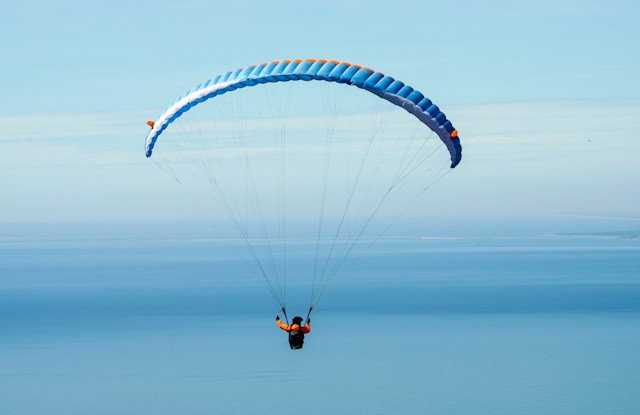
These devices are much more complicated than they look and play an essential role in adventure sports and various other outdoor activities. Let’s dive right into it!
What Is a Parachute?
A parachute is a simple device that is used to slow an object or person down when descending from a great height (such as from an airplane) through the atmosphere. The parachute creates what is called drag, which is a force that prevents that person or object from sinking to the ground too quickly.
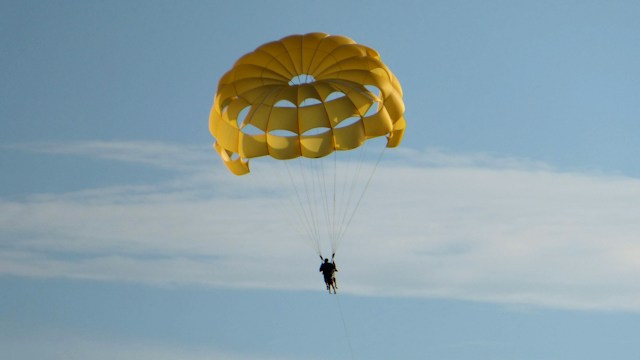
Parachutes are generally made from a strong fabric, like nylon. When it is in use, the cloth canopy fills with air, and slows the object or person’s descent. They come in different shapes, but parachutes are typically shaped like domes.
History of Parachutes
Although historians have different opinions on whether it was one person who invented parachutes, research has shown that parachutes existed in history before becoming a concept. The earliest examples of parachutes go all the way back to the Renaissance era, as evidenced in sketches from 1470.
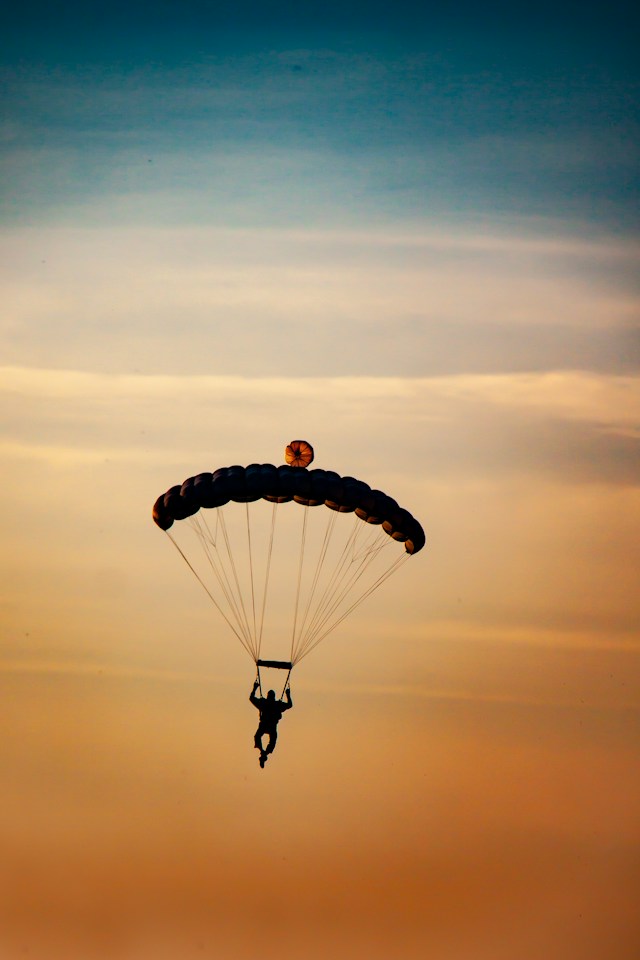
As time went on, more modern parachutes were invented in the 18th and 19th centuries. For example, in France, Louis-Sébastien Lenormand came up with a more streamlined and modern version of the parachute, while Jean-Pierre Blanchard demonstrated how parachutes work by using a hot air balloon.
10 Fun Facts About Parachutes
1. The earliest account of a parachute dates back to 852.
In the year 852, a man named Armen Firman tried to fly. He jumped from the top of a tower and used his cloak to help him fly. While his attempt to fly like a bird was unsuccessful, his cloak filled with enough air to prevent him from falling to the ground and getting badly injured. Although he didn’t invent the parachute or consider his cloak to be one, historians believe that this event marked one of the times a parachute-like object was created.
2. The word “parachute” has French and Italian roots.
Louis-Sébastien Lenormand came up with the word parachute. It combines an Italian prefix and a French verb. Para stems from the Italian verb parare, which translates to resist, guard, avert, or shield, while chute translates to fall; it also references a parachute’s primary function, which is to fall to the ground.
3. There are several types of parachutes.
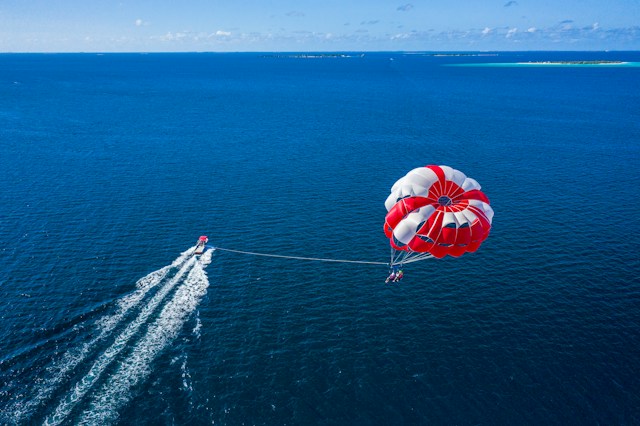
While parachutes are generally categorized into ascending and descending categories, there are several subcategories! They are cruciform, round, rogallo wing, annular, pull-down apex, ribbon and ring, and ram air. It’s also worth noting that paragliders are a type of parachute, though they are generally considered to be a part of the sports parachute category.
4. Albert Berry was the first person to jump out of an airplane with a parachute.
Albert Berry jumped out of an airplane with a parachute in 1912, making him one of the first people in history to do so! When jumping out of the plane, Berry wore a harness and sat on a trapeze bar. The bar hung from the front of a pusher biplane, and the parachute was secured in a metal canister. The canister hung from the bottom of the plane. When the plane reached 460m, Berry jumped out of the plane, and his weight pulled the canister with him. After dropping for 150m, the parachute opened, and he landed safely.
5. Parachutes played an important role in the military during the second World War.

Parachutes were first used during World War 2 by artillery observers to keep an eye out for enemy fighter planes. Soldiers would strap parachutes to themselves, look out for enemy aircraft from observation balloons, and abandon the balloon when the enemies got close. Although the balloons were easy targets, it was hard to destroy them.
6. The parachute was adapted and redesigned after World War II.
Major Edward L. Hoffman from the United States Army put together a team that included Leslie Irvin, who played an important role in designing the parachute as we know it today. The new design included elements like a storage sack that parachute users could wear, a chute that helped deploy the canopy and a ripcord that could help deploy the entire parachute while the user descended from an airplane.
7. Parachutes used to be made from silk.
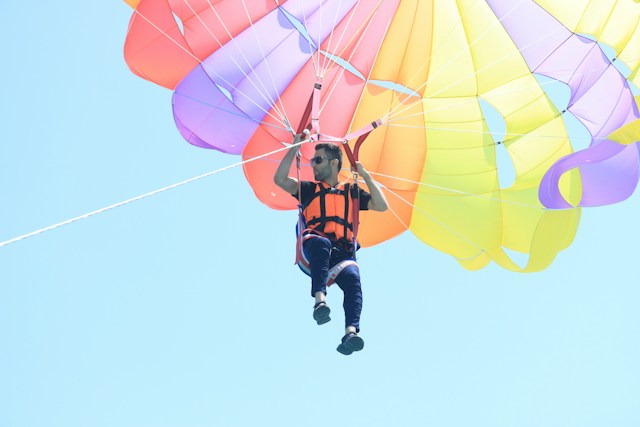
As fancy as this fact sounds, it’s true! Parachutes used to be made from silk during World War II, but were later made from nylon after supplies from Japan were cut off. The parachutes of today are made from stronger and more durable materials like nylon and Kevlar. These materials are able to withstand varied weather conditions, a quick descent, and rigorous deployment.
8. An incorrectly folded parachute can lead to death.
Using a parachute in any circumstance can be dangerous, but it is especially dangerous when it isn’t folded correctly. When parachutes are packed into their holders, they must be folded in a specific manner to ensure that they deploy fully and properly. Depending on what they are used for, like sports or in the military, professional parachute users must be trained and learn how to correctly fold and store their parachutes before using them.
9. Parachute rigging is an actual job.
Since it is important to pack and store parachutes correctly, there are parachute riggers. They are licensed and trained professionals who pack and fold parachutes correctly to ensure maximum safety. Riggers are also trained to repair parachutes whenever they are damaged. This job of rigging parachutes involves understanding the hardware, fabrics, sewing, webbing, and other regulations involved in maintaining parachutes. Several countries have military riggers, including Australia, Canada, and the United Kingdom.
10. There are specific terms for malfunctioning in parachutes!
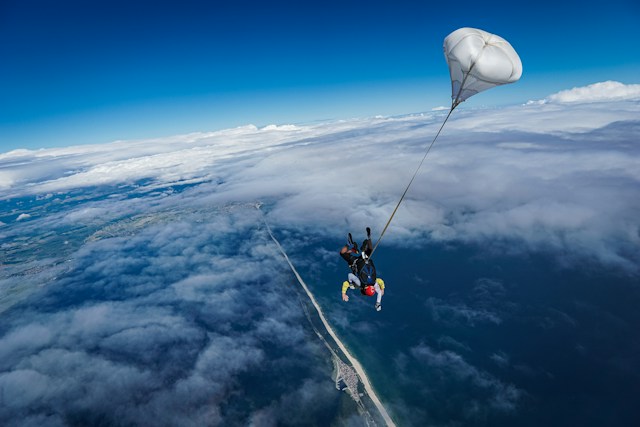
There are some terms that are reserved for various kinds of parachute malfunctions. These terms include a Mae West, a Streamer, a Horseshoe, a Barber’s Pole, and an inversion. Each of these terms specifically refers to malfunctions that occur with round parachutes.
Conclusion
In this article, we took you through a list of fun facts about parachutes. When researching this article, we were surprised at some of the facts that we learned, such as that parachutes used to be made from a luxurious fabric like silk and that parachute rigging is an actual job! Parachutes have played an important role in history for several decades now, and it is important to know about what its roots are. We hope you learned something new today!
